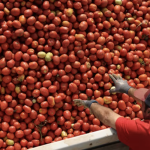Digging Deep - How Regenerative Farming Revives Microscopic Soil Life
Added 2 months ago
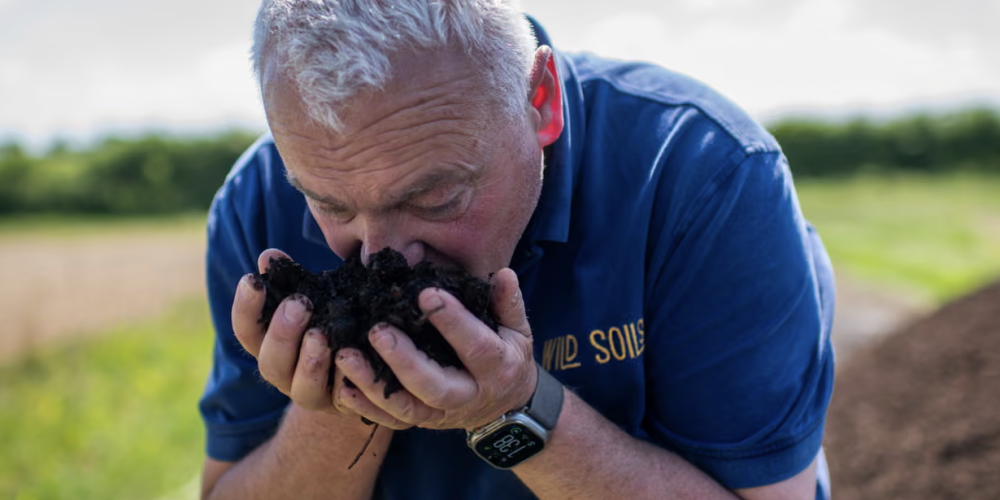
Farmers are turning to the smallest life forms beneath their feet to cut back on chemicals and machinery.
At Wild Ken Hill farm in Norfolk, manager Nick Padwick peers through a microscope at his homemade compost. “Look at that! A bacteria-feeding nematode,” he grins. “And those gorgeous fungal hyphae.”
Padwick, who has farmed conventionally for nearly four decades, is part of a growing movement using regenerative practices to restore soil health. Instead of relying on heavy inputs, the goal is to cultivate thriving microbial communities—bacteria, fungi, nematodes, and worms—that naturally support resilient crops.
Why it Matters
The stakes are high. More than 60% of EU soils are degraded, and the UN warns that 90% of the world’s topsoil could be at risk by 2050. Soil health underpins not only food security but also biodiversity, flood control, water quality, and climate resilience. As soil ecologist Prof Richard Bardgett says, “Few things matter more to humans than their relationship with the soil.”
The Soil Food Web Approach
Padwick credits Dr Elaine Ingham’s Soil Food Web School for changing his approach. Her method focuses on:
-
Identifying missing or imbalanced microbes under a microscope.
-
Creating nutrient-rich compost from waste such as straw and woodchips.
-
Brewing “compost teas” to reintroduce beneficial organisms into the soil.
But, experts note, simply adding microbes isn’t enough—they must be protected through careful land management, including reduced tillage, diverse cover crops, and preserving wild margins that encourage predators and fungi networks.
Promise and Skepticism
While many scientists agree that diverse soil ecosystems improve resilience, some question whether microbes from compost extracts truly thrive in new soils. Early trials, however, show promise: greenhouse tests with barley and wheat treated with compost extracts outperformed controls. Larger field trials are under way.
Still, Bardgett cautions against “quick fixes,” urging farmers to also focus on improving the soil environment itself.
On the Ground
Padwick has embraced the holistic system—cutting back cultivation, planting cover crops, and allowing biodiversity to flourish. His yields initially plunged from over 7 tonnes of wheat per hectare to just 1.5 tonnes, but later recovered to above 3 tonnes. With reduced input costs and premium branding through Wildfarmed, his operation remains profitable.
Wider Adoption
The movement is spreading. G’s Fresh Ltd, a major salad producer, plans to transition its entire business to regenerative practices by 2030, while Yeo Valley, the UK’s largest organic dairy, is also integrating soil food web principles.
A National Priority
Despite growing interest, researchers warn policy is lagging behind. “Boosting soil health is not a side issue,” says Prof Duncan Cameron of Manchester University. “It’s central to tackling climate change and should be treated as a national security issue.”
For farmers like Padwick, the change is both urgent and personal: a chance to undo decades of soil damage and build a farming future grounded—literally—in living soil.
Join the conversation
Be the first to leave a comment.
Leave a comment
All comments are reviewed before they are published on the website. Your email address will not be published.
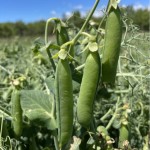
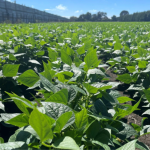

Community Engagement and Knowledge Sharing Strengthen the Carbon Positive Project
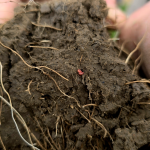

Farewell to Trustee Phil Schofield – A Foundational Leader of the HBFFCT
